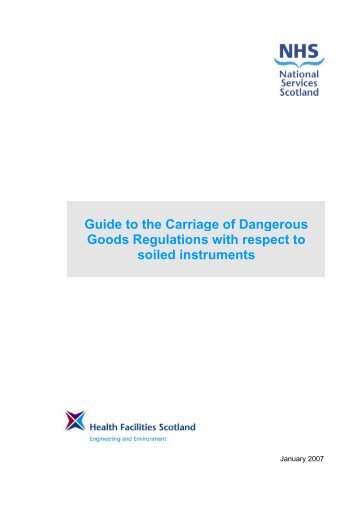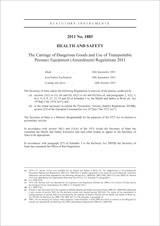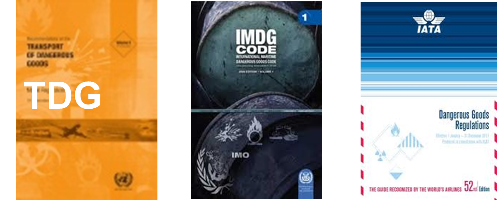Iata Dangerous Goods Regulations Manual 2011

- Iata Dangerous Goods Regulations 58th Edition
- Economics & Analysis
- Iata Dangerous Goods Regulations Manual

IATA DGR Manuals. Hover to zoom. Recognized by airlines worldwide, the IATA Dangerous Goods Regulations (DGR) is THE industry standard for shipping dangerous goods. Posted 05 May 2011. Users of the IATA Dangerous Goods Regulations are. Program for dangerous goods in the Operation Manual. IATA Dangerous Goods Regulations.

DGRtraining.com -IATA Dangerous Goods Regulations IN-STOCK 2 IATA Dangerous Goods Regulations IN-STOCK (available upon request) IATA Dangerous Goods Regulations Essential information for airlines, forwarders, shippers Shipping dangerous goods by air is a significant part of the air freight business. However, special care must be taken for the safety of passengers, staff and property. The DGR set out all the ICAO mandates and the industry's universal rules on how to safely package and transport dangerous goods. Also included is a list of UN Specification packaging suppliers. An essential business tool, the DGR increases safety, reduces returned shipments and decreases costly errors.
Price: Upon request HazardousMaterials Requirements for.
. IATA Dangerous Goods IATA Dangerous Goods Our IATA Dangerous Goods training course has been designed with specific exercises related to the transportation of dangerous goods by air from a shipper's perspective. This course covers the fundamentals of shipping dangerous goods by air according to the IATA regulations. Our 10 step approach encompasses all of the activities which must be addressed when preparing dangerous goods for shipment by air. This course has been updated to include recent changes to the regulations, using the 59th Edition (2018) of the IATA Dangerous Goods Regulations. The course is designed to help employers meet the requirements for training as specified in Section 1.5 of the IATA Dangerous Goods Regulations and 49 CFR 172 Subpart H, including testing of participants. This course does not cover the more detailed requirements for the shipment of radioactive materials under the IATA regulations.
In order to follow along with the examples and exercises presented in the course, you must have access to a copy of the IATA Dangerous Goods Regulations. If you are in need of an up-to-date version of the regulations, you can select to include the price of the book in your registration fee or call us at (919) 246-4847 to order a copy separately. Introduction to Dangerous Goods General Awareness Step 1: Determine the Proper Shipping Name Step 2: Determine if material is Forbidden in Aircraft under any circumstances Step 3: Excepted Quantity Limitations Step 4: Identify Appropriate Packing Instruction (Passenger or Cargo Aircraft) Step 5: Apply the Appropriate Quantity Limitation Step 6: Identify State & Operator Variations (Security) Step 7: Select the Appropriate Packaging Step 8: Ensure the Required Labels and Marks are Affixed Step 9: Complete Shippers Declaration for Dangerous Goods Step 10: Security Awareness & Safety Instructor.
Taylor, PE Ms. Taylor is a faculty member in the Department of Forestry and Environmental Technology at NC State University and is the former Director of Environmental Health & Safety at North Carolina State University's IES. She has over 20 years of engineering experience working in industry and environmental consulting, most recently with Progress Energy.
Iata Dangerous Goods Regulations 58th Edition
She has provided instruction on a wide range of environmental, health, and safety topics at conferences and training courses, both live and online, and she is an OSHA authorized instructor. Taylor received a BS in Civil Engineering from Stanford University and a MS in Environmental Engineering from the University of North Carolina at Chapel Hill. Contact Hours. Training Requirement Citation: IATA DGR Section 1.5 and 49 CFR 172.704 Section 1.5.0.3 of the IATA Dangerous Goods Regulations requires that: 'Recurrent training must take place within 24 months of previous training to ensure knowledge is current.'
US DOT's training requirements for shipping hazardous materials is located in. In addition to initial training 49 CFR 172.704(c)(1), DOT requires 'recurrent training' every 3 three years. 'A hazmat employee shall receive the training required by this subpart at least once every three years.' 49 CFR 172.704(c)(2) Refresher Training Required: Every 2 year(s).
Economics & Analysis
To our knowledge, neither the FAA nor IATA reviews or evaluates online training courses (and neither does the US DOT). In fact, the FAA will not evaluate any training courses of any kind from any provider (this includes online, classroom, computer-based, etc). IATA does, however, offer a designation called the IATA Endorsed Training School, and these endorsed training schools often advertise their courses as 'IATA Approved'. We are not an IATA Endorsed Training School. In order to be an endorsed school, the course must be three days long and include training on radioactive materials. Our courses do not cover radioactive materials.
Iata Dangerous Goods Regulations Manual
According to the IATA website: 'IATA's endorsed training school program is sic scheme whereby training schools submit their course material to IATA for review. There is no requirement that training be obtained from an Endorsed School.' We find it interesting that they choose the term 'scheme' to refer to their program.